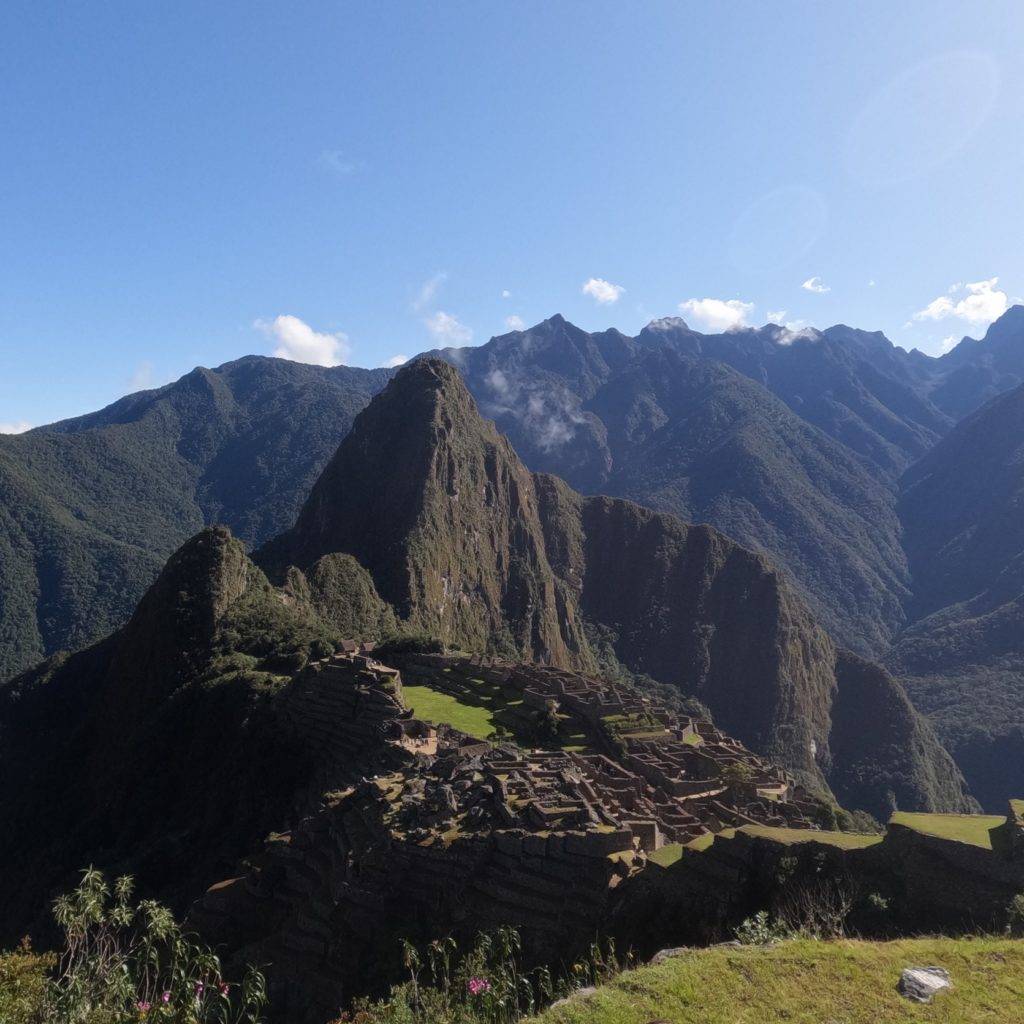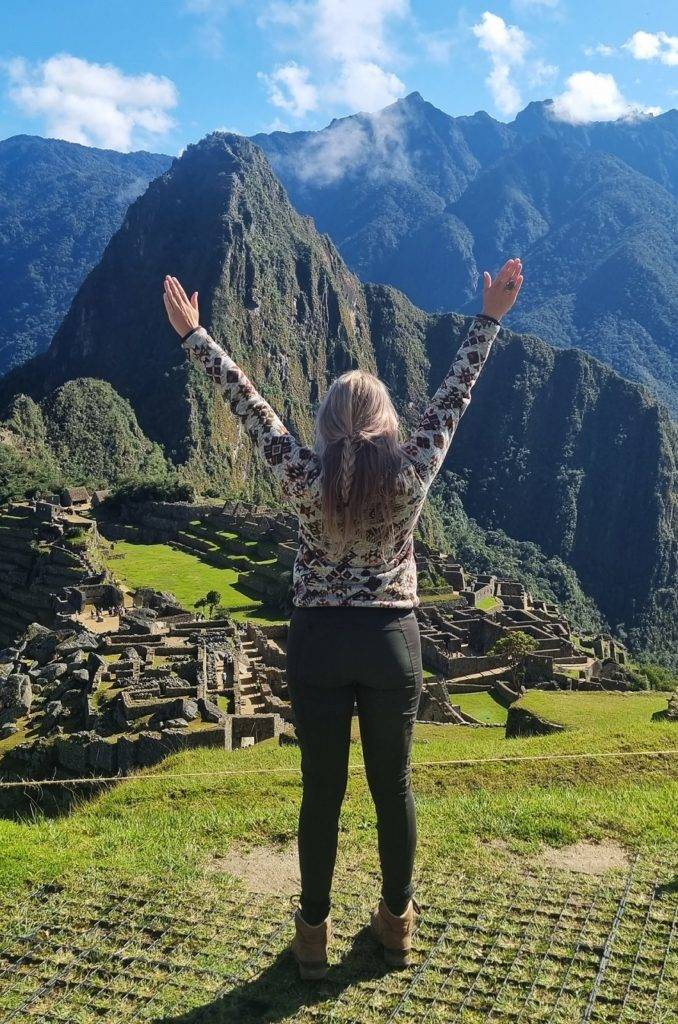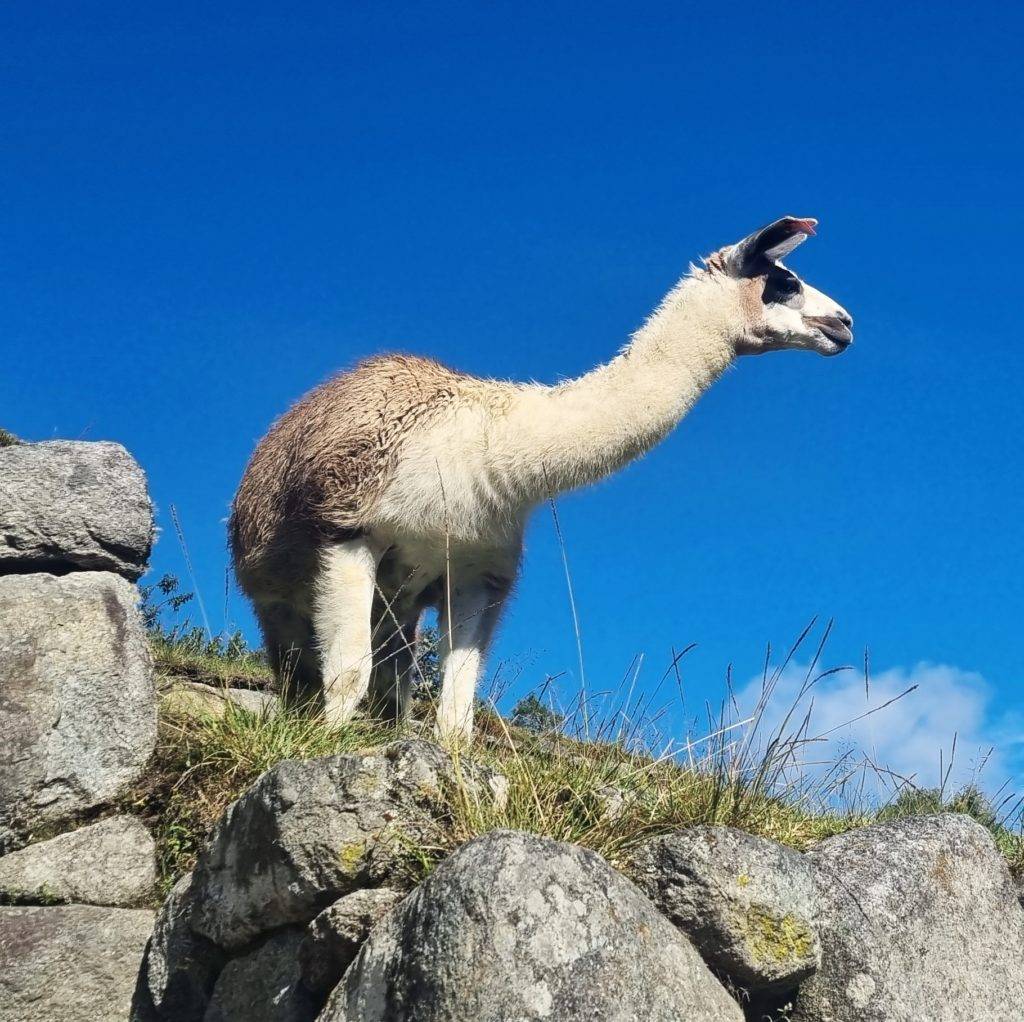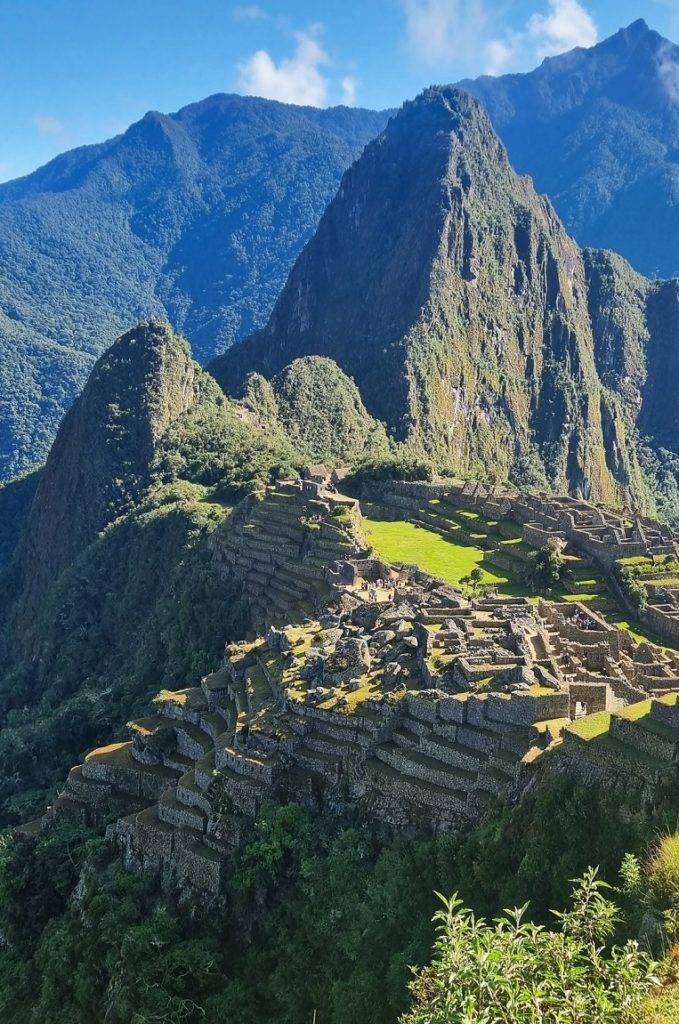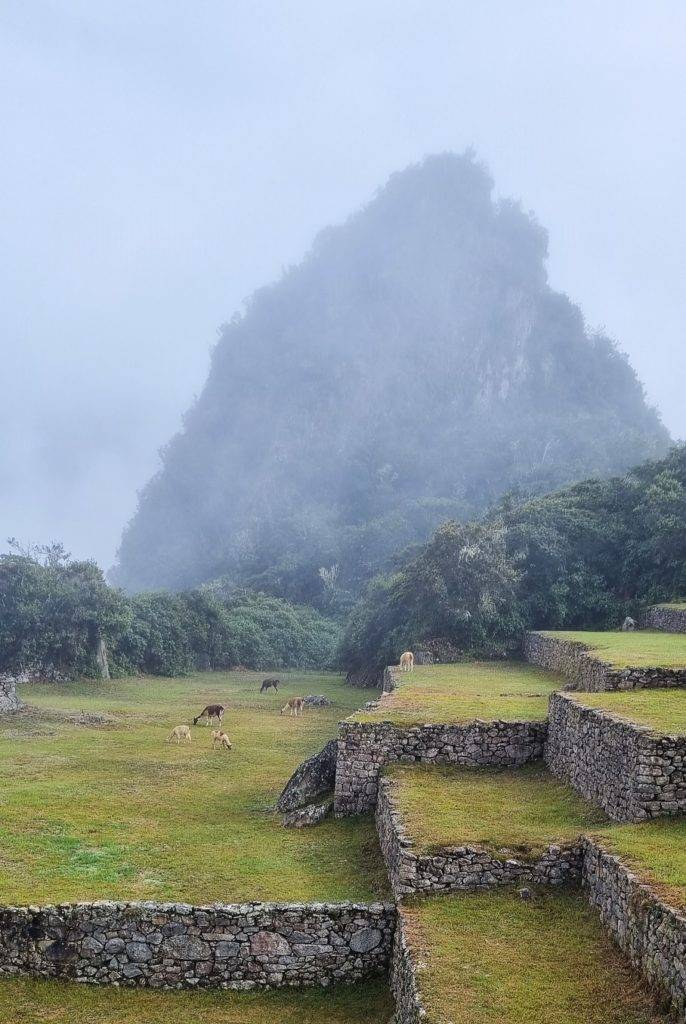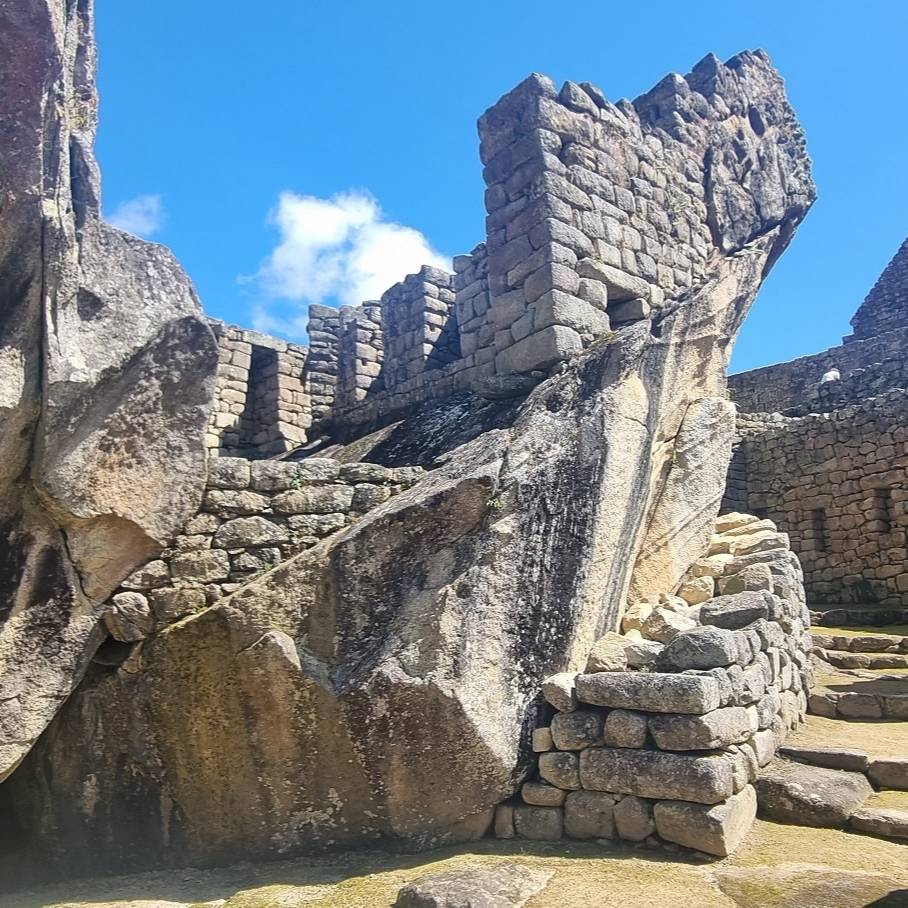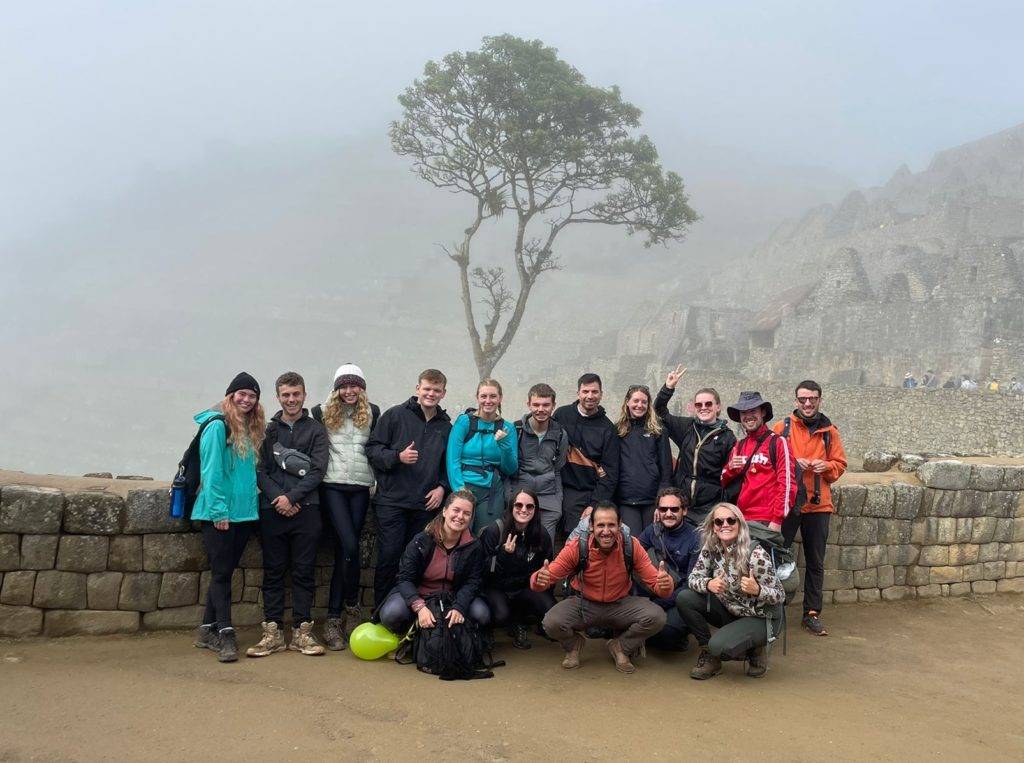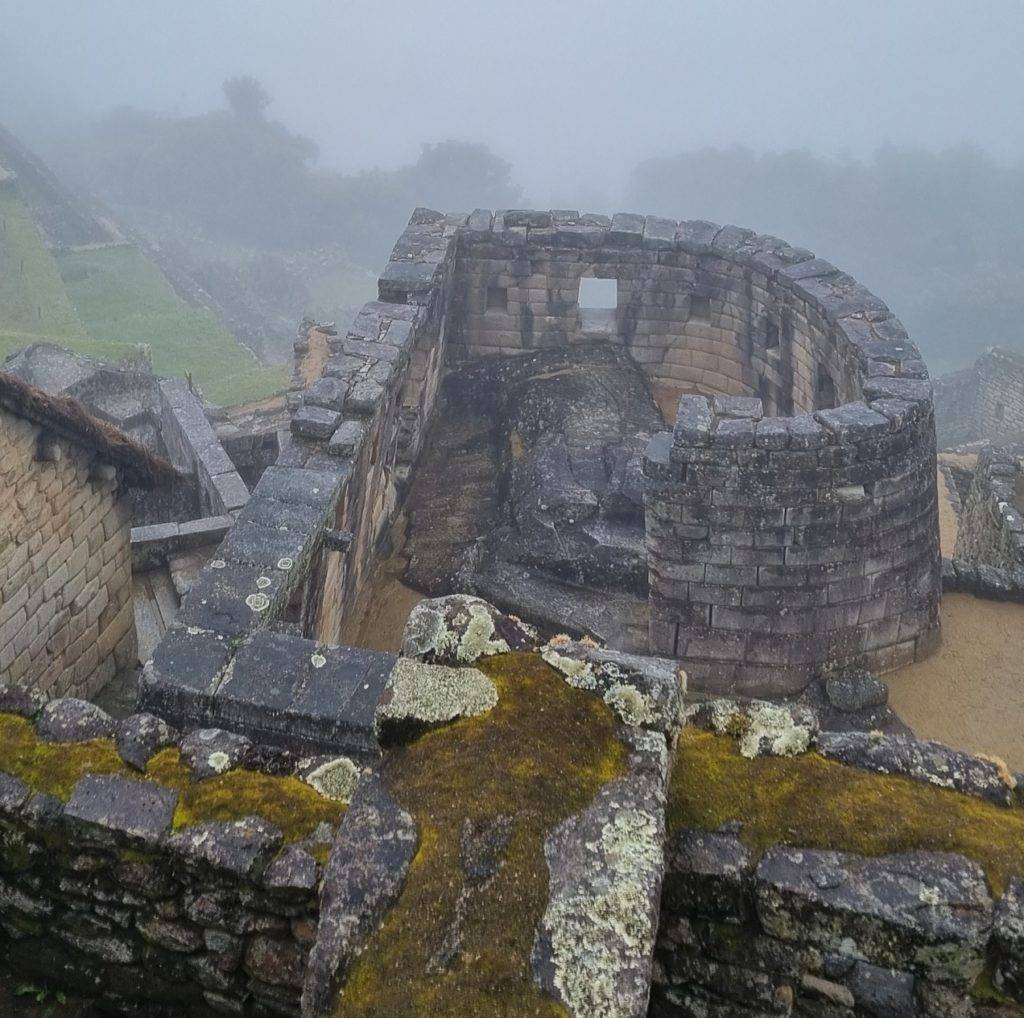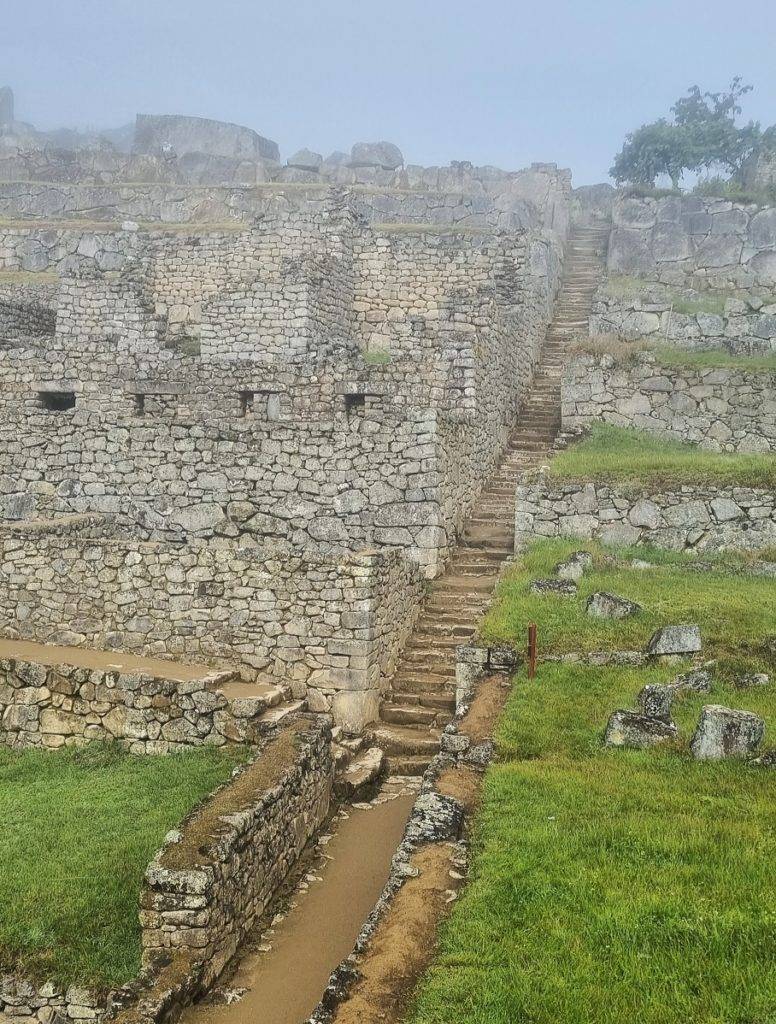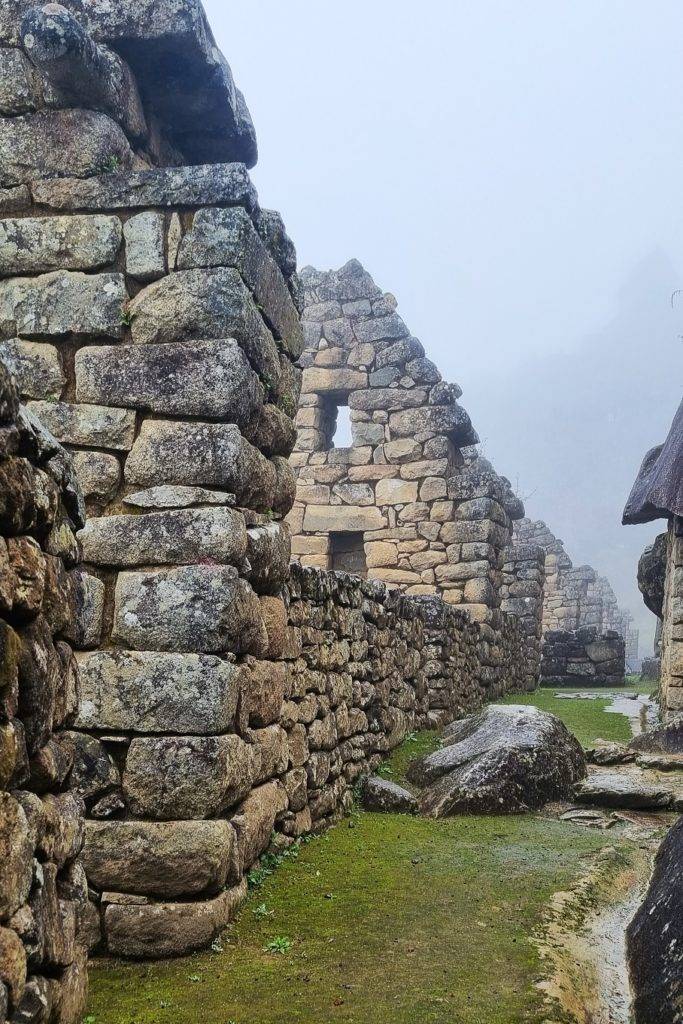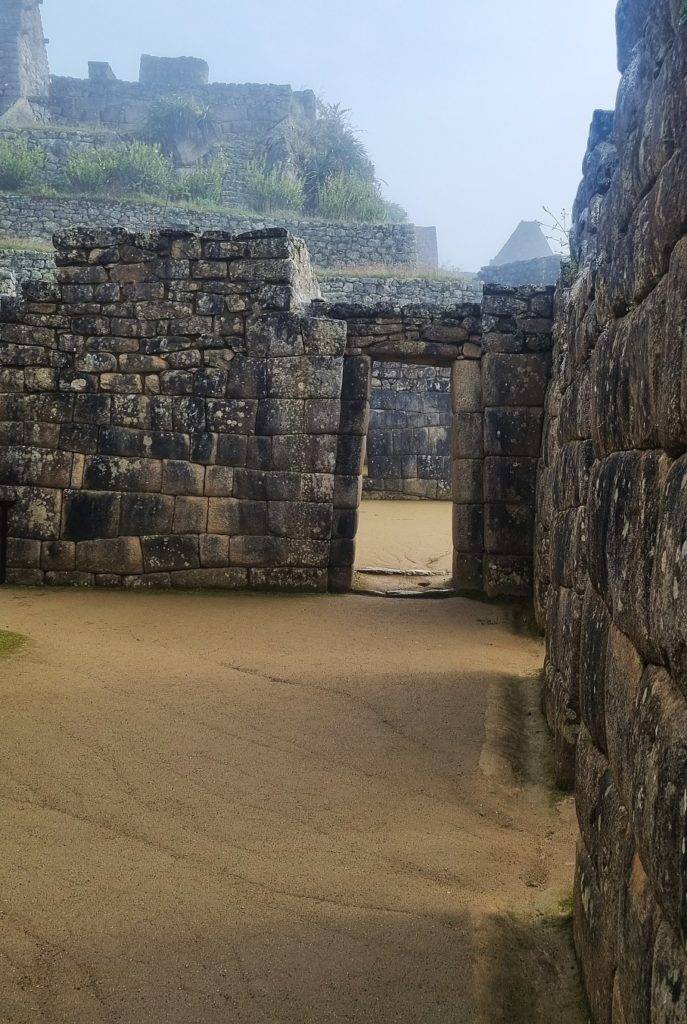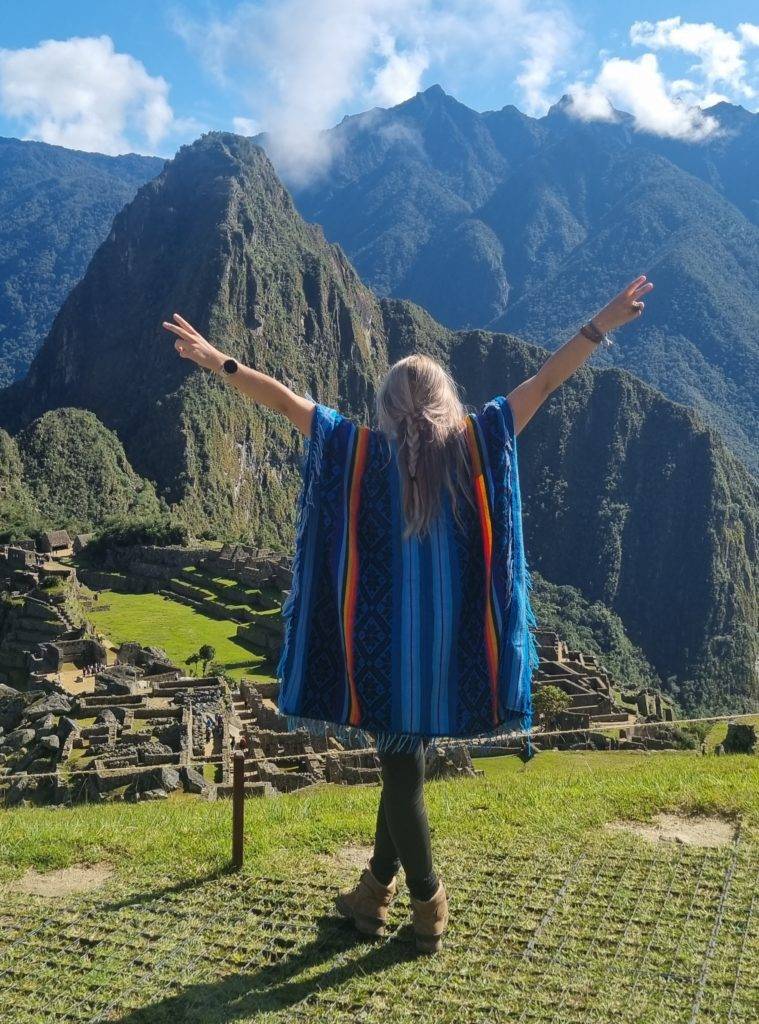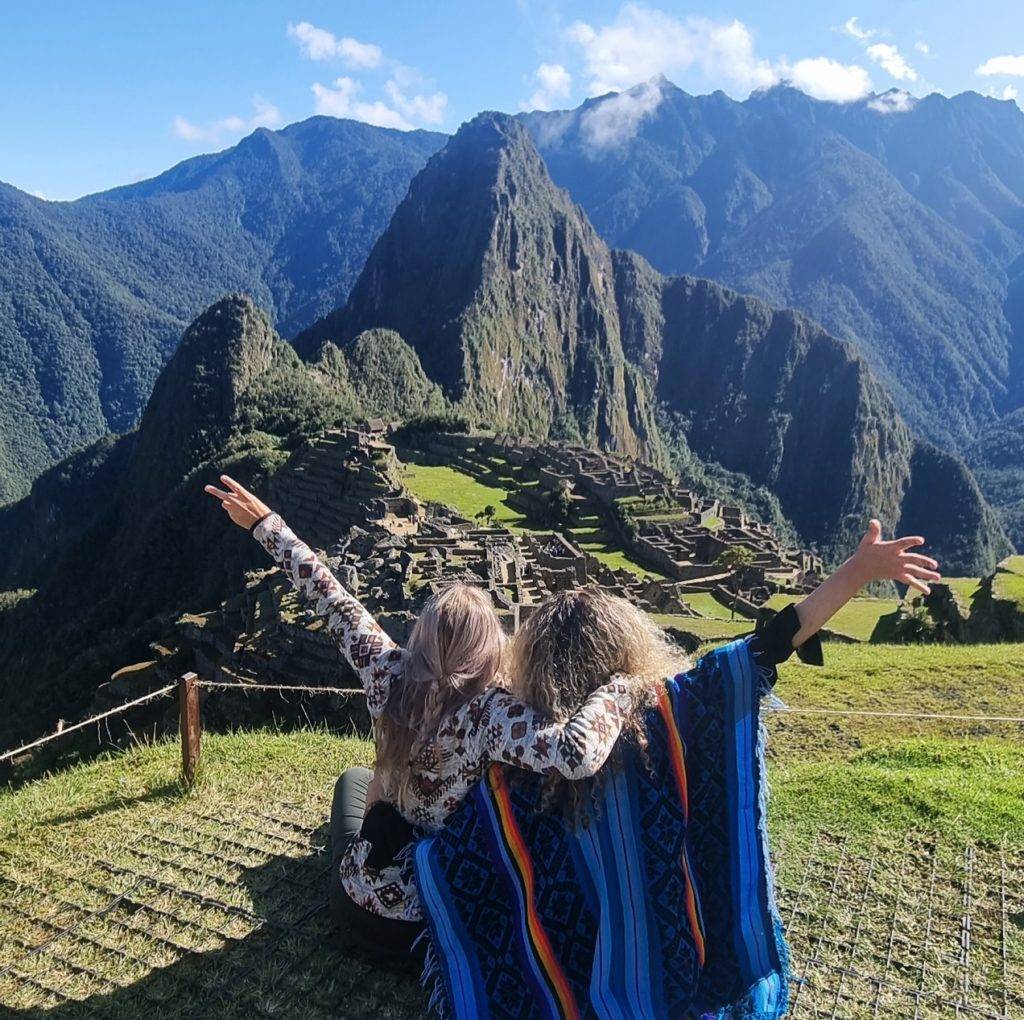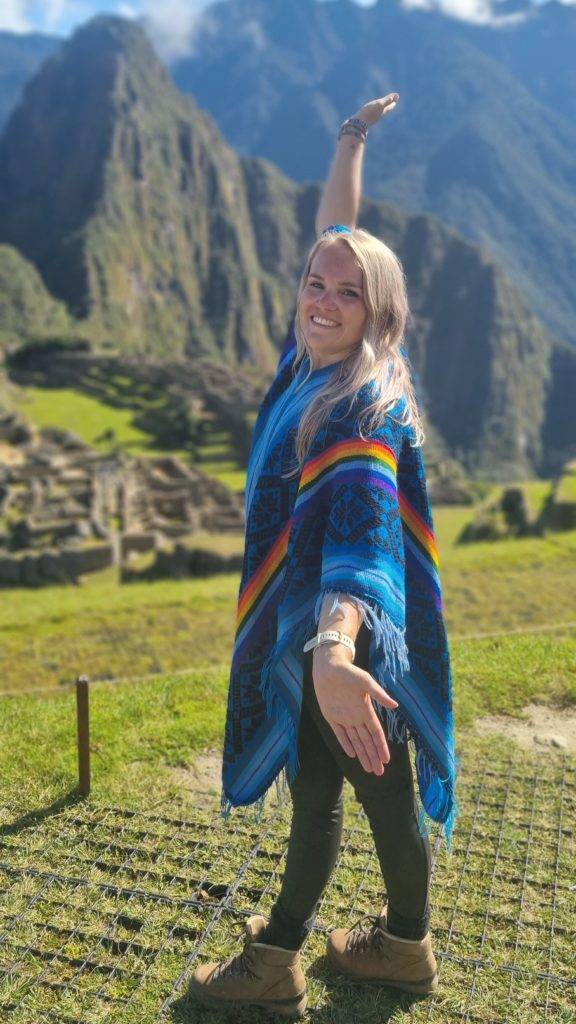Machu Picchu

By Jaimy de Vries
Machu Picchu is one of the seven world wonders and an UNESCO world heritage site since 1983. It’s a 15-th century Inca site nestled in the slopes of the Andes surrounded by jungle, at 2,430 meters (7,970 feet) above sea level, lower than Cusco city. At the site guides tell you lots of different stories, but what is the truth about Machu Picchu? What do we know and not know? I looked it up and found the answer!
How to reach Machu Picchu?
Visiting Machu Picchu is probably the number one thing to do in Peru. You might be thinking it’s only possible to visit this Inca site by a multi-day trek. Well, there are more options to reach Machu Picchu. It’s even possible for people with a handicap to visit it nowadays. You can go by train, bus and by trekking. Here a little explanation about these options:
-
By train: Peru Rail offers train tickets on different time schedules. You can go on a 1-day tour to Machu Picchu, but it’s better to go on a 2-day trip or even extend your stay in Agues Calientes (town next to Machu Picchu). Going by train is the most expensive transport to Machu Picchu. It costs you around 80 U.S. dollars for a one-way ticket. You can book a trip by a travel agency or arrange it yourself at Peru Rail.
- By bus: by bus is the cheapest transportation option, but it’s a long way of 7 hours on a bumpy dirt road. Lots of travel agencies offer a 2-day bus tour. The bus brings you to Hydrolectica from where you can walk 3 hours or take the train from Hydrolectica to Agues Calientes.
- By trekking: This is the most adventurous way to reach Machu Picchu. There are several treks: classic Inca trail, Salkantay or the Lares trek. The Inca trail is the classic trail that takes you to several Inca sites. The Salkantay trek is a divers trek from the snowy Andes to the tropical jungle. The Lares trek is just as beautiful as the Salkantay but little unknown and less changeling.
I went twice to Machu Picchu. First by a 2 day bus tour (and with a ride on a train). I had a horrible experience with the bus tour. First they didn’t picked us up, secondly they only spoke in Spanish and gave us no information about the included hotel and dinner. And when we turned back to Cusco the road was blocked so we needed to stay one extra night in a random town. I don’t recommend taking the bus!
The second time I visited Machu Picchu I did by trekking the Salkantay route. I loved this! And I was surprised how cheap it is comparing to the daytrips. I paid 210 U.S. dollars, including food and accommodation. If you want to read more about the Salkantay trek click on the link below.
Agues Calientes
All the three transportation options leads to the town Agues Calientes. This is a small town next to Machu Picchu and along the Urubamba river, in a valley surrounded by mountains. It’s a touristy town and therefore quite expensive. But it’s a nice town to stay here for 1-2 days.
The main attraction in the town is of course Machu Picchu. You can reach Machu Picchu by walking up or take the bus for 15 USD. You need a ticket (and tour guide) to enter Machu Picchu. Next to Machu Picchu, there are other nice things to do like visiting the artisanal market, Mandor park and the waterfalls, Mariposa park and the hotsprings.
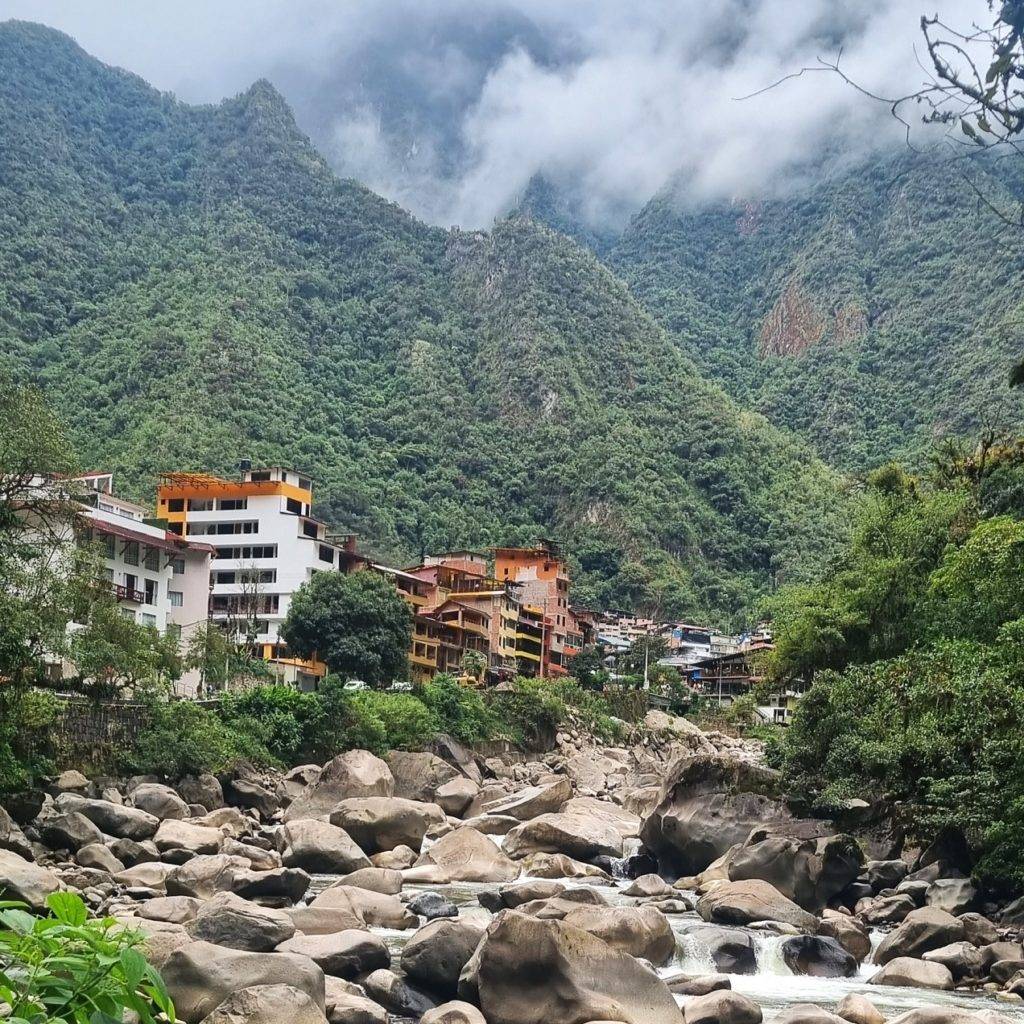
(re) Discovery of Machu Picchu
In 1911, explorer Hiram Bingham III, a professor at Yale University, visited the site and published its existence for the first time. It didn’t look like the capital as it is now. During that time Machu Picchu was covered in vegetation, in jungle. Much of which has now been removed.
When Bingham discovered the site he was actually searching for Vilcabamba, the last capital of the Inca before their final defeat at the hands of the Spanish in 1572. The explorer found Machu Picchu largely intact, having apparently never been visited by the Spanish conquistadors. In fact, the only reference to the site at all in Spanish documents is a mention of the word “Picchu” in a 1568 document, the text implying that it belonged to the Inca emperor.

A picture of Machu Picchu covered in vegetation.
There are some recent studies that cast doubt on whether Machu Picchu had ever been forgotten at all. When Bingham discovered the place, there were three farmer families living in this place. A funny fact, is that one kid, called Pablo, of these families, was the first guide on Machu Picchu.
Purpose
It’s still an enigma and mystery what the real purpose was of the citadel. Due to its strategic location at the top of a high mountain, there are various theories about what it could mean for the Incas. Some believe and interpretate that Machu Picchu was a holy place. But I’m sorry to ruin the magic, but many facts leads to that Machu Picchu was not exactly a holy place for the Inca’s. Some argue that it was built as a great mausoleum for the Inca Pachacútec, while others claim that it was an important administrative and agricultural center whose cultivation areas served for the livelihood of its inhabitants. However, it is also considered that it was used as a necessary link between the Andes and the Peruvian Amazon or as a resting residence for the Inca governor. Maybe we can conclude that it was a multi-functional place?
Architecture
But even if it was not a sacred place, it’s still so impressive how the Inca Empire build such as impressive architecture and engineering on such an extraordinary place on top of a mountain rage. Machu Picchu is one of the greatest architectural findings to symbolize this. Although its origin is still the subject of study, the value and significance it represented in its time, as well as its imposing design, have earned it to be considered one of the seven wonders of the modern world. “But how did they build these so-precise-stones?” The Inca’s didn’t used iron tools. One hypothesis how they made the stone, proposes that stones were ground against each other to achieve a near-perfect fit. Another suggests that stonemasons repeatedly fitted and pounded the stones with smaller stones until the joints aligned perfectly. The Inca’s didn’t used draft animals and haven’t invented the wheel. “So how did they transfer these heavy stones, some weighting more than 50 tons?” Well they were hewn right out of the rock. There was no need to transport them over long distances. Given Machu Picchu’s elevated and secluded location that would probably not have been possible anyway. Smaller stones were transported to the various construction sites by lamas, while larger stones were pulled with ropes and levers.
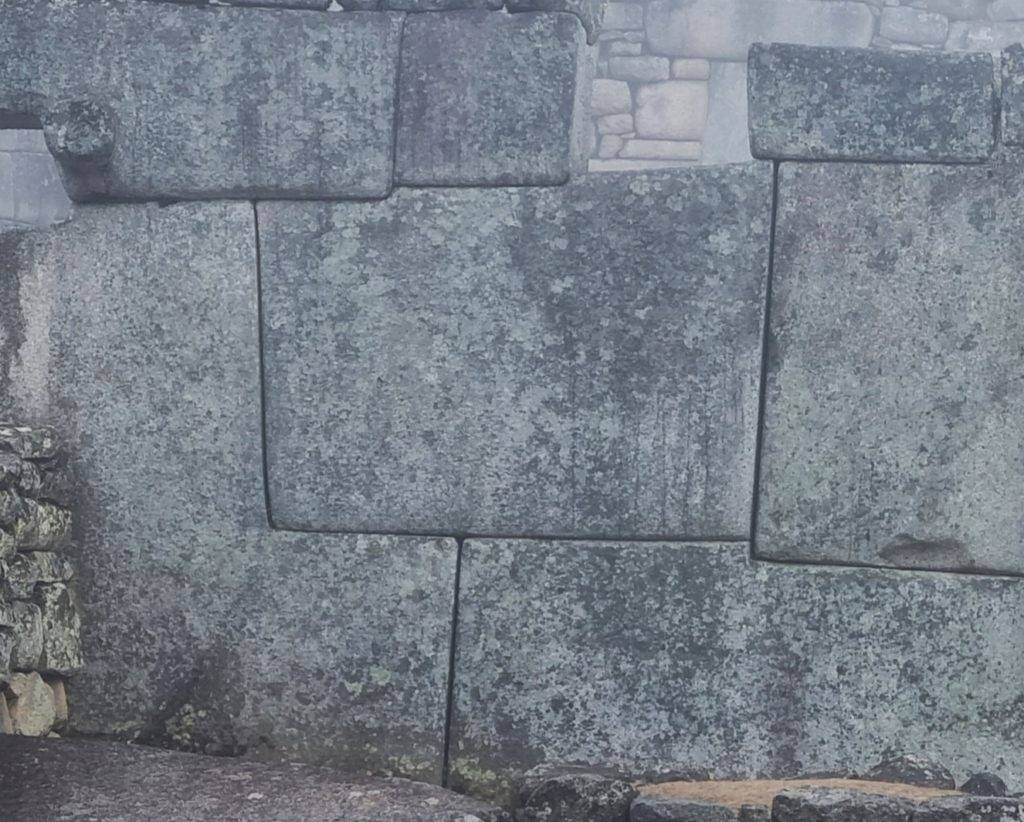
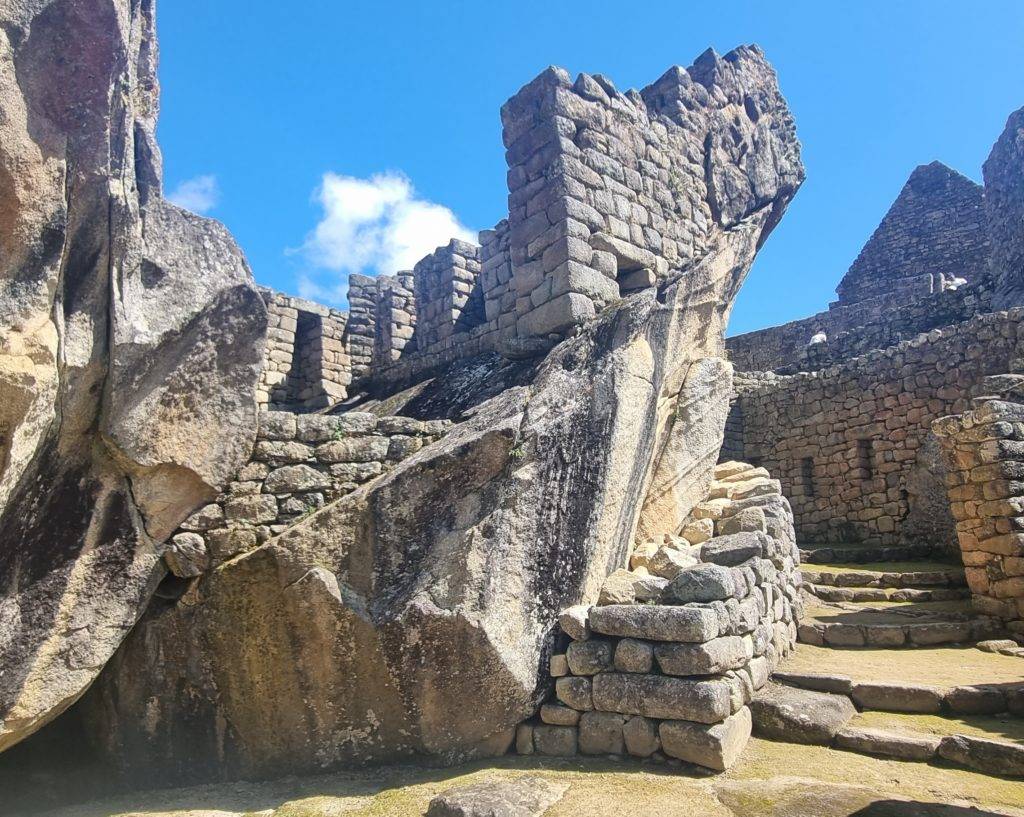
This place was rich of water and food. There are lots of terraces around Machu Picchu, more than 700!! They had an agriculture of mostly potatoes and maize. The terraces also served as an extensive water-distribution system that conserved water and limited erosion on the steep slopes. The Inca pantheon included Pariacaca, a god of water and rain, so it’s no surprise that fountains and canals take center stage at Machu Picchu. But these features were also a necessity. Perched high in the Andes, Machu Picchu receives heavy rainfall throughout the year, so the subsurface drainage system built by the Inca is one major reason the city is still standing today.
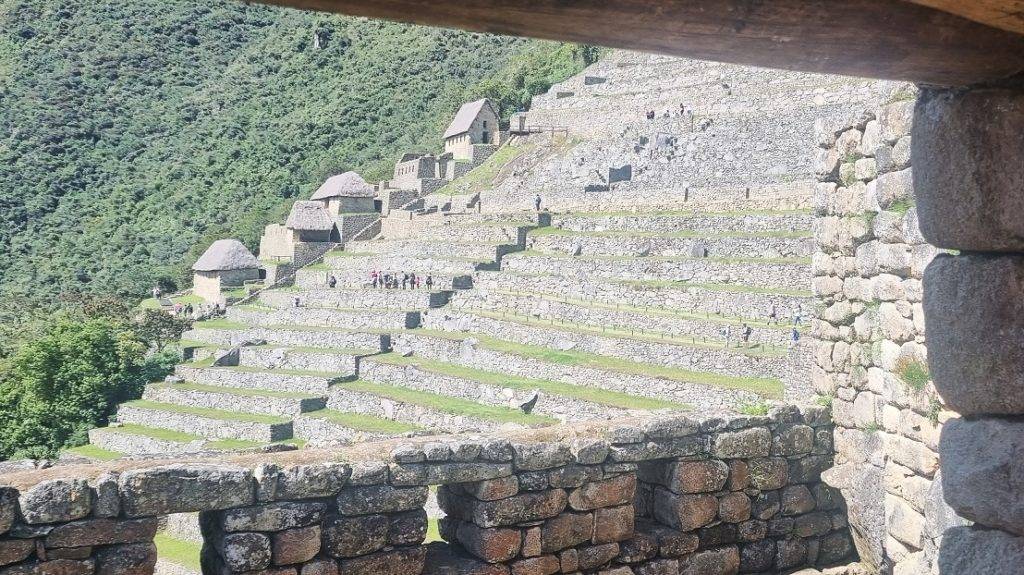
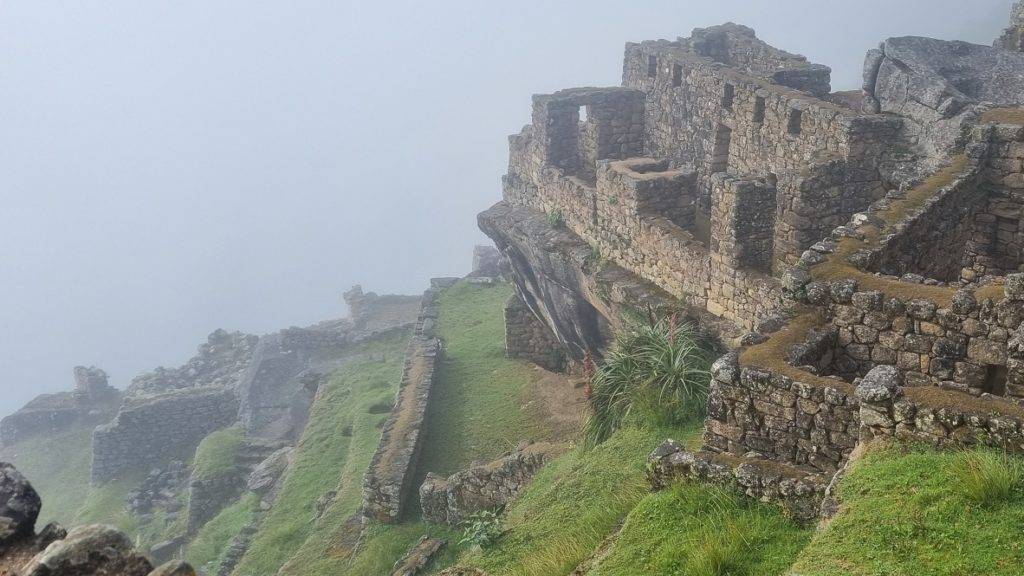
Inca culture
The Incas were very little, smaller than 1.50 m. I was wondering “Why did they make such big stairs?” I had trouble climbing it and I’m tall. It turned out they probably made it like this for efficacy. They ran downstairs to get their work done in little time and with bigger steps the risk of tripping was smaller.
I went to Machu Picchu twice and got to hear two different stories about the Inca’s. The guide from Machu Picchu told me lots of negative stories about the Inca’s, while the guides from the Salkantay trek loved the Inca’s and saw them as people who leaved peacefully and in harmony. But the guides from the Salkantay trek didn’t really told information about the Inca’s themselves, but they rather told us more about their rituals, their believes in Pacha mama (mother earth) and about the elements of life. But most of the stories I got are from the tour guide in Machu Picchu. So I will tell you more about that.
He said that the Inca’s weren’t actually that nice. There were two sites: the people who loved the Inca’s and the ones who hated them. Communities needed to pay taxes to the Inca’s. One of the taxes was the chance of offering their children to Pacha mama (mother earth). Half of the communities found that was an honor, the other half found it was horrible losing their beloved child. The Incas choose the best and most beautiful children of the communities to offer to Pacha mama. So some families cut their children’s faces to be less beautiful. But if the Incas found out, the whole family got killed. “Cruel right?” They didn’t only sacrifices humans, lots and lots of animals too.
Other cruel things they did is that if a guy liked a girl she was kept hostage for a long while. If the guy didn’t liked
her she got dumped…sometimes she already got pregnant. That child was doomed his life. Most Inca rulers had more wives. So there was a shortage of women in town. And that’s why they kept the llamas close said the guide. “Iehl, gross!” Syfilis probably got his offspring here.
The cruelty didn’t stopped here. They have a festival on the 20th of January. The people on the field needed to battle for their life. They flighted with slingshots and rocks. There was a set of time and minimum number of dead’s. The bodies got sacrificed to honor Pacha Mama for a good harvest that year. So it was an honor for them. It was a challenge to kill someone older than you. That recognized with power. And I said before they have a festival…in the present tense, that’s because this tradition is still alive. But now its voluntary. Every year people fight till the dead in Cansas a town close to Cusco.
Abandonment
Historians think this town was not finished. They were building this city for hundred years, but they abandoned it in 1535. There are different theories of why they abandoned this place. There is no evidence that the Spanish conquistadors ever attacked or even reached the mountaintop citadel, however; for this reason, some have suggested that the residents’ desertion occurred because of a smallpox epidemic.
The guide had the theory that they left because of some cracks appeared in some sacred buildings (by earthquakes?), they got scared and thought it was a sign of the gods to leave this place. But it remains a mystery why they abandoned Machu Picchu.
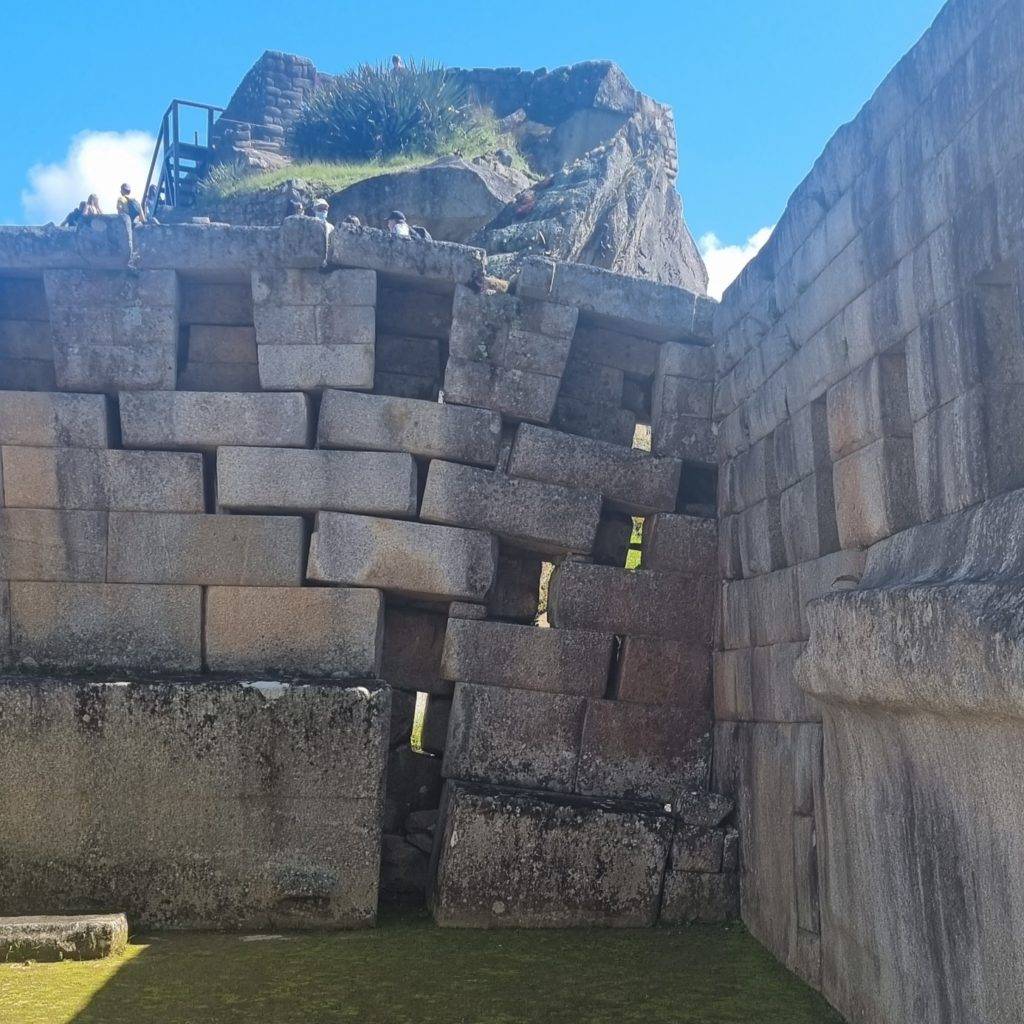
Interesting video
Underneath an interesting video that gives a short summary about Machu Picchu.
Good place for some photo's
Of course you can’t leave Machu Picchu without making some amazing shots at one of the viewpoints over Machu Picchu or pictures in the citadel next to one of the gates.
A funny fact is that it’s forbidden to take selfies with a selfie stick. “Why!?” You may ask. Well, this is because many (deadly) accidents happen of people falling of a terrace and off the Huayna Picchu mountain while they were taking a selfie.
Here some photo spam of all my best pictures of me with Machu Picchu and of course Machu Picchu itself 🙂
